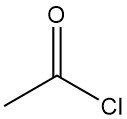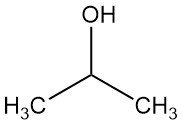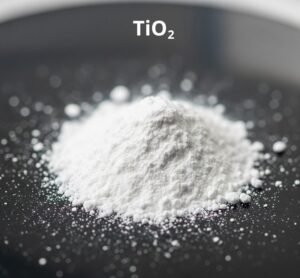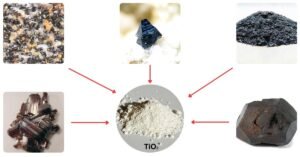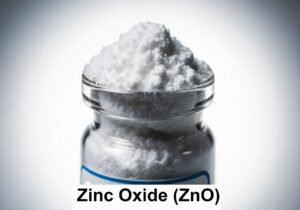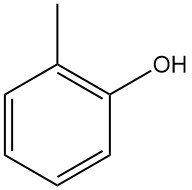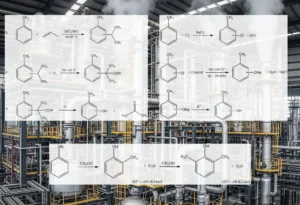Calcium cyanamide: properties, reactions, production and uses
Calcium cyanamide, also known as lime nitrogen or nitrolime, is an inorganic compound with the formula CaCN2. It is a neutral salt of cyanamide that was first produced industrially in the late 19th century as a result of nitrogen fixation technology.



